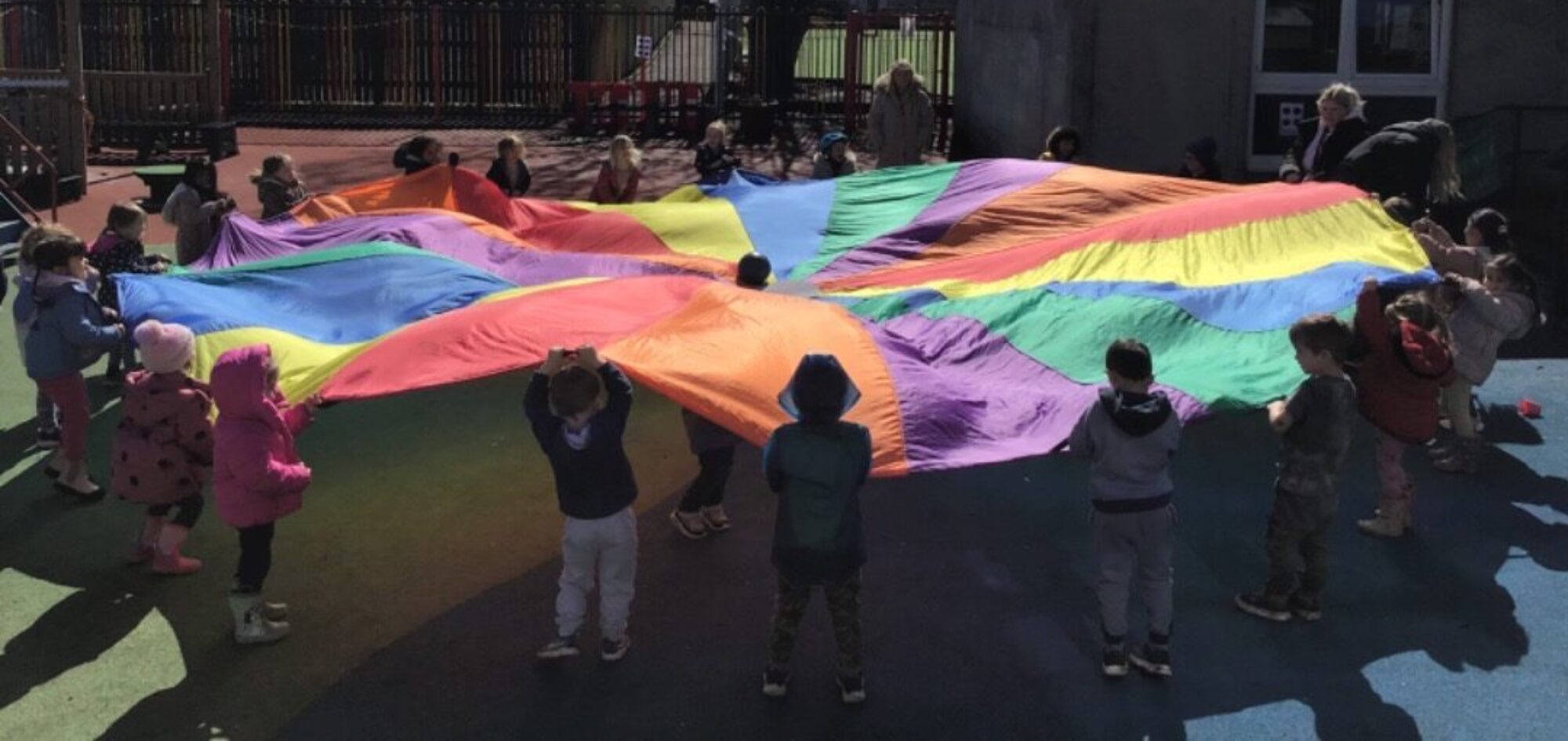We are so lucky to have such wonderful spaces accessible to us throughout our community explore. One of our favourite places to go is the forest…. Can you guess where we are?!

“There is a growing body of research that shows that young children’s access to nature and outdoor play is positively associated with improved self-esteem, physical health, development of language skills and disposition to learning.” My World Outdoors




